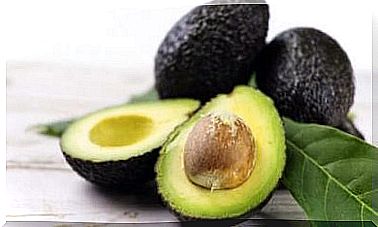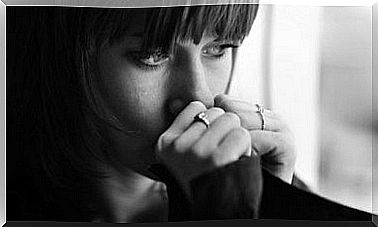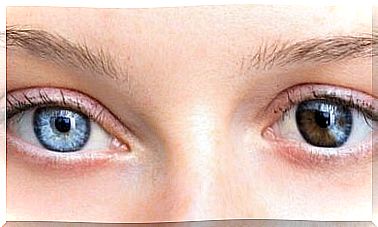Exercises For Herniated Disc According To The Point

Exercising to combat a herniated disc is one of the medical indications that support the therapeutic protocol for this pathology. Both health professionals and sportspeople agree on the importance of performing precise exercises for a herniated disc.
The herniated disc manifests itself in different ways depending on the point of the spinal column affected. At the same time, the severity level is variable, as are the characteristic symptoms. Read on to find out more.
What are the different types of hernia?
A herniated disc is a protrusion of the intervertebral disc that protrudes from the axis of the spine. The joint in question thus comes into contact with other tissues, which it compresses.
Any point on the spine can suffer from a hernia. This aspect helps to classify the different types, namely cervical, thoracic or lumbar. The first and last are by far the most common.
If we think of the spine as several vertebrae on top of each other, we will understand that there must be something between them that acts as a shock absorber. This something is the intervertebral disc, made up of a more fibrous capsule and a soft-textured center that can absorb shock.
The discs are placed between the bony vertebral bodies, centrally in the back, which respects the boundaries delineated by the bones. When one of the discs comes out due to a hernia, in the direction of a rib, the internal balance is lost and the nerves nearby become inflamed. We can therefore classify the hernia and the respective symptoms in:
- Cervical: Cervical disc herniation affects the neck and its initial symptoms are neck pain and localized pain in the upper limbs.
- Thoracic: it is the least common type and manifests itself with pains in the chest and side.
- Lumbar: A lumbar disc herniation tends to affect the lower limbs, with symptoms of lumbosciatalgia.
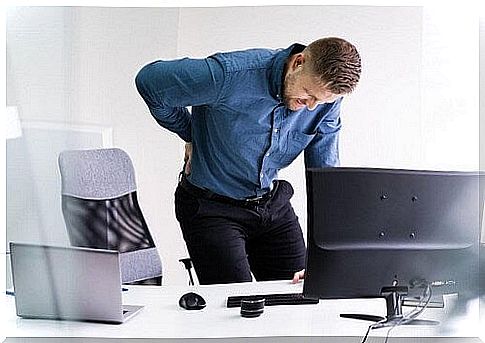
What exercises for a herniated disc?
The exercises for the hernia must be divided according to the affected point. It is not recommended that people with neck pain perform specific movements for the lower limbs.
Exercises for cervical disc herniation
Massaging the neck is the exercise that enjoys the most supporting scientific evidence. The doctor prescribes physiotherapy sessions; the physiotherapist will demonstrate to the patient how to perform massages at home.
These self-massages can be performed at any time, during breaks at work, while we are watching television or in any moment of relaxation.
Anaerobic physical activity in the gym is not contraindicated, it is usually recommended when you feel the first pains. The aim is to tone the neck muscles, which support the spine. In this way we contribute to giving greater support to the center of gravity of the column.
The muscles involved are the paravertebral ones, which are positioned in such a way as not to cause pain. The weight must be lifted with caution, as the tense nerves of the cervical disc herniation take force away from the upper limbs, which hinders the lifting of the dumbbells.
Sports recommendations of thoracic disc herniation
Thoracic or dorsal disc herniation is poorly understood. Many people, in fact, may think that this disorder does not involve this point of the spine. Well, not only does it exist, but the treatment is more complex.
Exercises for hernia in this case are active and gradual. We work on stability and strength, so the physiotherapist insists on static positions for proprioception.
As the patient heals and regains muscle strength, new exercises will be defined. Support from a professional is of vital importance.
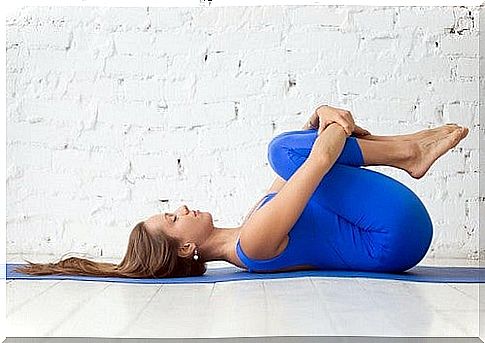
Exercises for lumbar disc herniation
Classic lumbosciatalgia is the main symptom of lumbar disc herniation. It starts with localized back pain that spreads along the sciatic nerve to the groin, thigh, and even the big toe.
It is advisable to combine exercises with heat therapy to relax the muscle fibers surrounding the injury; these, in fact, are almost always affected by muscle contractures, being the body’s reaction to pain.
Stretches are essential and should be repeated several times. The lower limbs must extend to the maximum, within the limits of the possibilities of each patient, in order to release nervous tension. During the work it is important to create spaces for active recovery.
The use of gymnastic balls is also indicated to recreate variations of the plank and to strengthen the region of the core muscles. Also in this case we try to strengthen the strength of the surrounding tissues to support the balance of the spine.
Fight the problem naturally
Herniated disc exercises are an alternative to pain relievers. Although the latter are useful for calming pain, it is best to avoid abuse.
With an exercise program and following an active lifestyle, a herniated disc can be managed in most cases. In case of pain, the best thing to do is to contact the physiotherapist who can indicate the best options depending on the case.


